The concept of capsule hotels, a distinctly Japanese innovation, has long fascinated travelers and urban planners alike. These compact sleeping pods, often stacked side by side in tight configurations, offer an efficient solution to space constraints in densely populated cities like Tokyo and Osaka. However, one critical aspect that ensures the viability and comfort of these confined spaces is the ventilation system. Proper airflow isn’t just a luxury—it’s a necessity for maintaining air quality, regulating temperature, and preventing the spread of airborne contaminants in such an enclosed environment.
Unlike traditional hotels, where guests enjoy the luxury of spacious rooms with windows, capsule hotels present a unique challenge for ventilation. The absence of natural airflow means that mechanical systems must work overtime to compensate. Japanese engineers have tackled this problem with precision, designing advanced HVAC (Heating, Ventilation, and Air Conditioning) systems tailored specifically for these micro-accommodations. The goal isn’t merely to circulate air but to do so in a way that feels unobtrusive, energy-efficient, and capable of handling the high occupancy rates typical of these establishments.
The Science Behind Airflow in Capsule Hotels
At the heart of every well-designed capsule hotel is a meticulously planned ventilation network. These systems often employ a combination of supply and exhaust vents strategically placed to create a steady, laminar flow of air. The air supply is typically filtered and conditioned before being introduced into the capsules, ensuring that guests breathe clean, fresh air throughout their stay. Meanwhile, exhaust vents remove stale air, odors, and excess humidity, maintaining a balanced indoor environment.
One notable feature is the use of low-velocity airflow. High-speed fans or blowers would be impractical in such tight quarters, as they would create uncomfortable drafts and noise. Instead, designers opt for gentle but consistent airflow patterns that mimic natural ventilation. This approach not only enhances comfort but also reduces energy consumption—a crucial consideration given Japan’s emphasis on sustainability.
Innovations in Air Purification
In recent years, Japanese capsule hotels have begun integrating cutting-edge air purification technologies into their ventilation systems. HEPA filters, which capture microscopic particles including dust, pollen, and even bacteria, are now commonplace. Some high-end establishments go a step further by incorporating UV-C light sterilization or photocatalytic filters that break down volatile organic compounds (VOCs). These innovations are particularly relevant in a post-pandemic world, where guests are more conscious than ever of air quality.
Another emerging trend is the use of smart sensors to monitor air quality in real time. These devices track levels of CO2, humidity, and particulate matter, adjusting ventilation rates automatically to maintain optimal conditions. For instance, if CO2 levels rise due to higher occupancy, the system can increase airflow to prevent stuffiness without requiring manual intervention. This level of automation not only improves guest comfort but also enhances operational efficiency for hotel staff.
Energy Efficiency and Sustainability
Japan’s commitment to environmental responsibility is reflected in the design of capsule hotel ventilation systems. Many facilities now utilize heat recovery ventilators (HRVs), which capture thermal energy from exhaust air and use it to precondition incoming fresh air. This reduces the load on heating and cooling systems, slashing energy consumption without compromising air quality.
Additionally, some hotels have adopted zoned ventilation, where airflow is adjusted based on occupancy. Unoccupied capsules receive minimal ventilation, while active pods enjoy higher airflow rates. This dynamic approach not only conserves energy but also extends the lifespan of HVAC components by reducing unnecessary wear and tear.
Challenges and Future Directions
Despite these advancements, challenges remain. Noise from ventilation systems can be a concern in an environment where quiet is paramount. Engineers are continually refining acoustic dampening techniques to ensure that airflow remains virtually silent. Another issue is maintenance; with hundreds of capsules in a single facility, keeping filters clean and systems running smoothly requires diligent oversight.
Looking ahead, the integration of AI-driven climate control systems could revolutionize capsule hotel ventilation. Imagine a system that learns occupancy patterns and adjusts airflow preemptively, or one that personalizes air quality settings based on individual guest preferences. Such innovations would further elevate the guest experience while pushing the boundaries of sustainable design.
In conclusion, the humble capsule hotel represents far more than just a clever use of space—it’s a testament to Japanese ingenuity in solving complex urban living challenges. The sophisticated ventilation systems that keep these pods fresh and comfortable are a blend of engineering prowess and thoughtful design. As technology continues to evolve, so too will the solutions that make these unique accommodations a viable—and even luxurious—option for modern travelers.

By /Jun 5, 2025

By /Jun 5, 2025

By /Jun 5, 2025

By /Jun 5, 2025
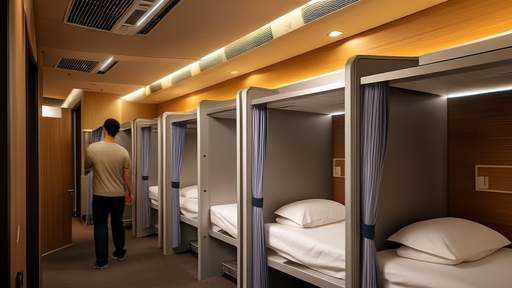
By /Jun 5, 2025

By /Jun 5, 2025

By /Jun 5, 2025
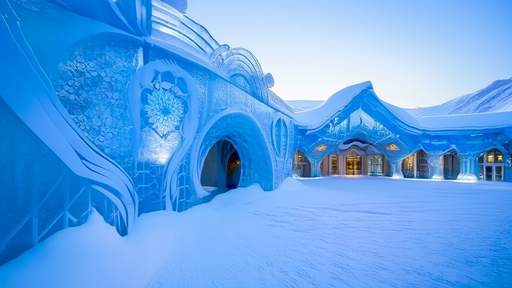
By /Jun 5, 2025

By /Jun 5, 2025

By /Jun 5, 2025
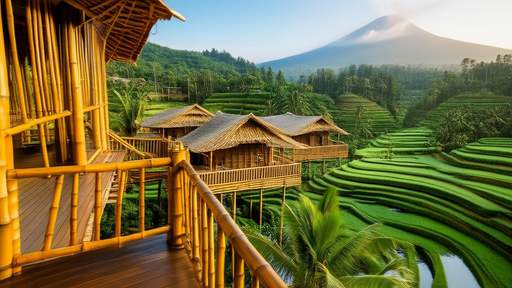
By /Jun 5, 2025
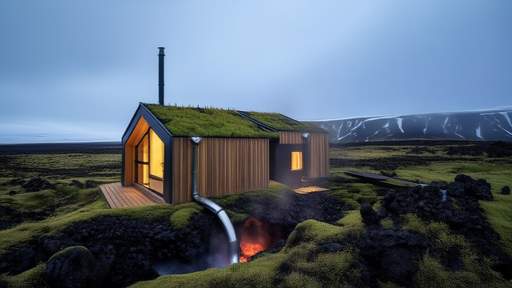
By /Jun 5, 2025
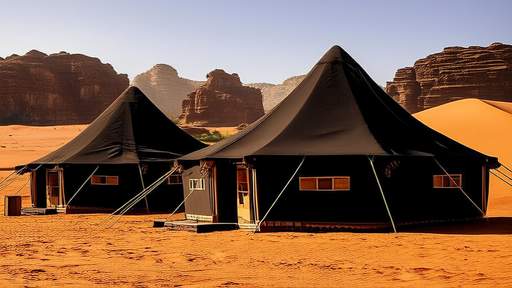
By /Jun 5, 2025
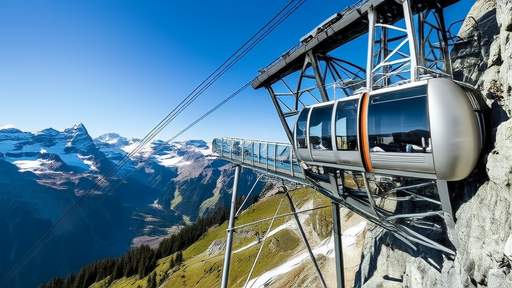
By /Jun 5, 2025

By /Jun 5, 2025
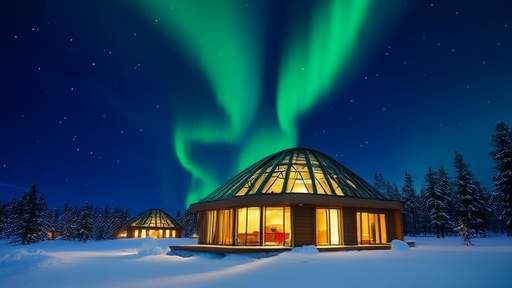
By /Jun 5, 2025

By /Jun 5, 2025

By /Jun 5, 2025

By /Jun 5, 2025
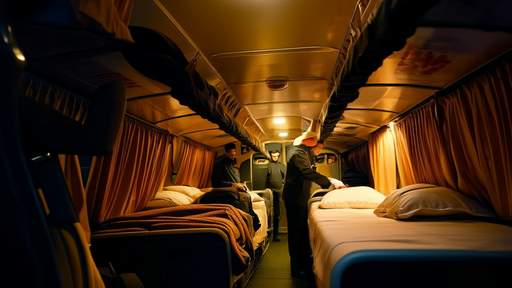
By /Jun 5, 2025